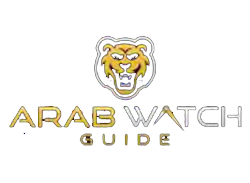- Home
- About Us
- Services
- Arabic Localization Services
- Arabic First Content
- Arabic to English Translation Services
- Art Industry Content
- Creative Content Writing
- E-commerce Content
- Editorial and Blog Content
- English to Arabic Translation Services
- Government Content
- Hospitality, F&B Content
- Proofreading, Editing & Subbing
- SEO Copywriting
- TV & Cinema Content
- Industries
- Why Choose Us
- Blog
- Contact us
- AR
- Home
- About Us
- Services
- Arabic Localization Services
- Arabic First Content
- Arabic to English Translation Services
- Art Industry Content
- Creative Content Writing
- E-commerce Content
- Editorial and Blog Content
- English to Arabic Translation Services
- Government Content
- Hospitality, F&B Content
- Proofreading, Editing & Subbing
- SEO Copywriting
- TV & Cinema Content
- Industries
- Why Choose Us
- Blog
- Contact us
- AR




























